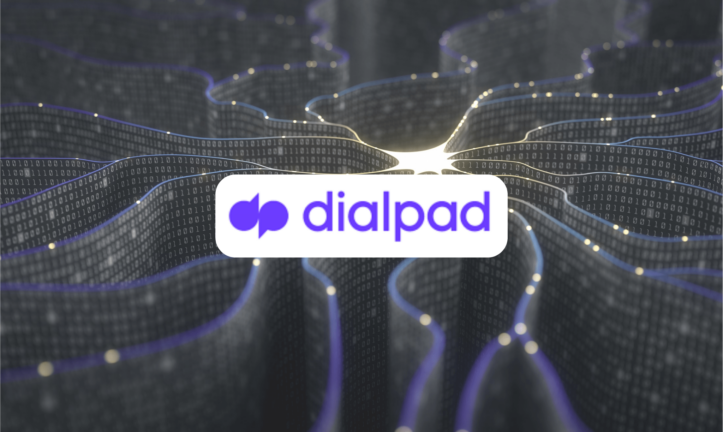The amount of customer data captured online is growing exponentially. Big tech firms have been tracking the web browsing habits of customers for years, but now any service online, whether opening a bank account, buying a train ticket, or talking to the local government authorities, requires a basic level of information, including payment details, email IDs, and probably home addresses.
With more customer data being exchanged on the internet, the number of data breaches has also escalated. Just last year, there were 2,800 reported data theft incidents, compromising over 8 billion records. Data breaches, for whatever reason that they happen, cast a huge shadow over the whole client relationship.
The immediate impact on consumer trust
Trusting a brand is the foundation of customer loyalty. Once that trust is damaged, companies need to invest a lot of effort to win customers back. According to PCI Pal, 83% of consumers claim they will stop spending with a business for several months in the immediate aftermath of a security breach, and 21% of consumers claim they will never return to a business post-breach.
Data breaches can seriously erode brand reputations and cause businesses to lose millions in revenue. Once they happen, customers start to worry about the security of their personal and financial information, fearing identity theft or unauthorized access to their accounts. There is often a sense of betrayal or frustration towards the company for failing to protect its data adequately.

Customer data leaked, now what?
As data breaches have, unfortunately, become part of our everyday life, companies need to be prepared to handle security incidents rapidly. After internal security measures are implemented, informing affected customers should be the top priority.
"Data breaches have become so frequent that the occurrence of a breach is less surprising; what truly matters is how a company responds," said Jamie Tolles, Vice President of Response for ZeroFox, an external cybersecurity company.
"Consumers are well aware of the persistent threat of data breaches and are constantly bombarded with information about them. Attack trends highlight a rise in ransomware attacks, which have increased in size, severity, and frequency. For ordinary consumers, these statistics are alarming. This is why the first 48 hours after identifying a potential breach are crucial — fear is at its peak, and rumours can quickly spread and get out of hand," he explained.
During the initial 48-hour window, it is essential for brands to separate fact from fiction and clearly communicate to clients what is known about the potential breach, what steps the organization is taking, and what action the clients themselves need to take.
No matter if 10 or 10,000 accounts are affected, taking accountability for the scope of the incident is what matters in customers' eyes. It's best not to rely too much on technical jargon; rather, ensure that future breaches are much less likely to happen. Depending on the severity of the breach, companies may be liable to pay compensation to affected customers.
Balance between security and usability
With cyberattacks becoming increasingly sophisticated, organizations often implement complex authentication processes to ensure that real users are accessing sensitive information. These robust security measures, while essential, may take away from the usability of the company's products or services, usually causing friction in the customer journey as the security steps require more effort. The truth is, balance is key.
"Voice biometric-based multi-factor authentication is a user-focused approach that allows customers not to make the false trade-off between security and user experience in a call center. It's recommended to implement this in a passive way, i.e., not requiring the users to go through any incremental steps," said Rahul Sood, Chief Product Officer, Pindrop, a voice security company.
Educating customers on the importance of authentication and security steps, with a clear explanation of why you are requiring them to fulfil all the necessary steps, lets them know that companies are prioritising data security, and ultimately, value their trust.
Maintaining a balance between security and usability is not just about implementing advanced technology but also about maintaining transparent communication with customers. By adopting user-friendly, passive authentication methods like voice biometrics and educating customers about their importance, organizations can protect sensitive information effectively while ensuring a seamless and satisfying customer experience.









